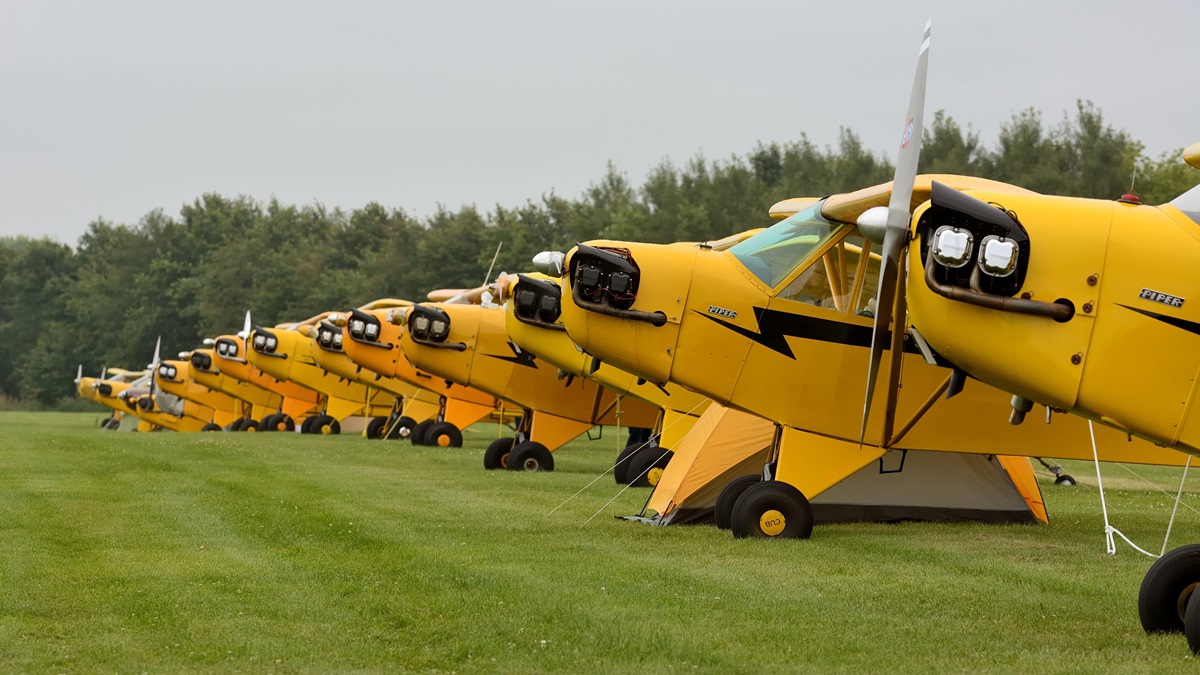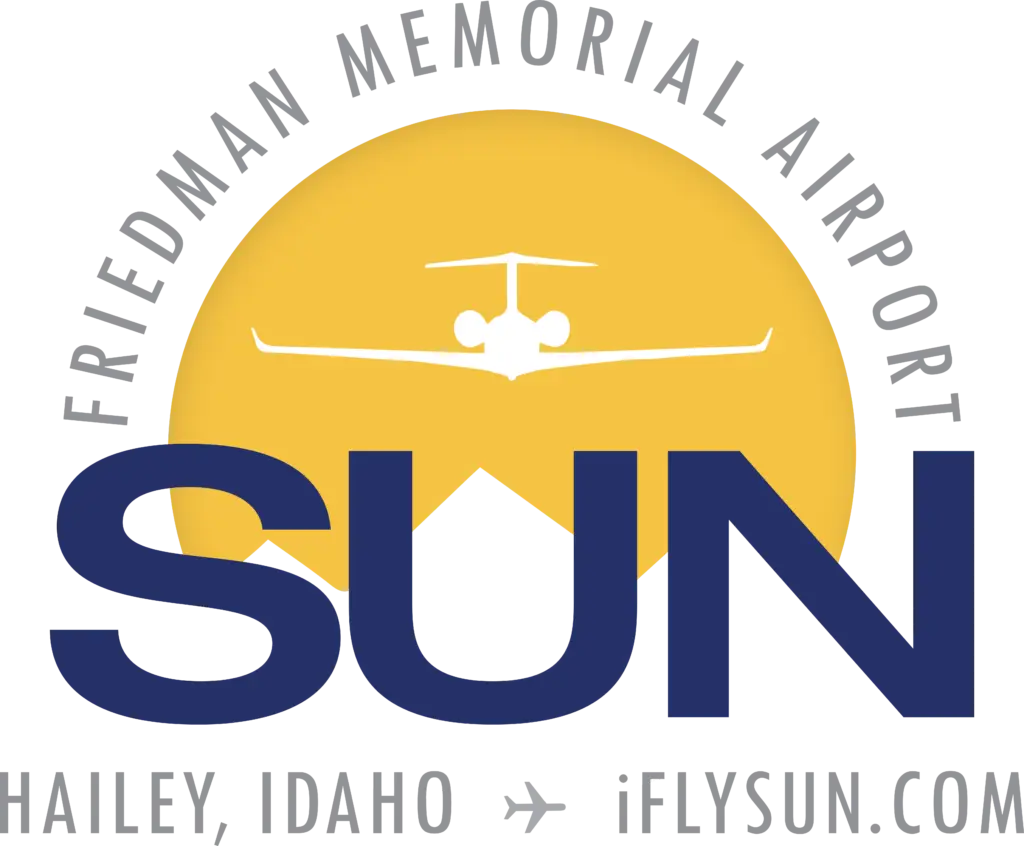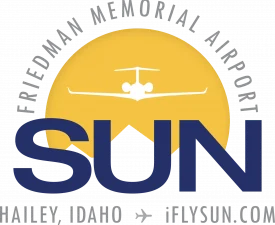Our 2017/2018 winter season air service schedule drew to a close last Monday. While early season snow was hard to find, overall, we ended the winter season with strong activity.
Over the course of the winter, especially during the peak demand times around Christmas, New Year’s, and President’s Day weekend, our air carriers experienced some lengthy arrival and departure delays. We heard several complaints in response to these delays, including a common question from affected and frustrated airline customers: “Why do private jets get landing and takeoff priority at the airport?”
Short answer is, they don’t. Below is a somewhat long-winded and technical answer. Please bear with me.
The federal government, specifically the Federal Aviation Administration (FAA), controls and oversees the National Airspace System and all air traffic control functions, including those at SUN. The FAA operates the national airspace and air traffic control services on a first come, first serve basis. As such, the way this system operates does not give commercial flights priority over private aircraft or vice versa. The FAA will sometimes prioritize arriving aircraft. A lot less things can go wrong for aircraft already on the ground vs. an aircraft still in the air. Such things as low fuel or, as was the case on President’s Day weekend, aircraft were picking up ice while holding and the FAA had to get them in to land ASAP which resulted in some departure delays.
Bigger picture, the air traffic delays we experience at SUN are mostly a function of a lot of airplanes trying to get in or out of the airport at during peak demand days at the same time (typically from 11 am to 4 pm). Combined with our limited airspace capacity due to the mountainous terrain and predominant one-way-in, one-way-out operations, delays can occur. Fact is, as a resort community, we have a lot of general aviation (private aircraft) that use our airport. Per the FAA, they have just as much right to the airport and airspace as commercial aircraft. To provide a real-world example and perspective, on Monday February 19th, get away day for the President’s Day weekend, air traffic control ran 138 total takeoffs and landings at SUN. Roughly 126 of these were private aircraft operations, compared to 12 commercial aircraft operations. Capacity and flow become much more complicated when we add bad weather, which only adds to the delays. I understand that when someone sees this ratio, it feels like private aircraft have priority. Again, they don’t, there are just more of them. As air traffic controllers apply the first come, first serve system, they juggle all priorities including trying to help the airlines stay on schedule to make connections. It can be a complex process at times but they work hard to ensure it’s fair.
Hearing this probably doesn’t make you feel any better if you were affected by a delay. So what can we do about it? We will always have airspace constraints here at SUN based on our constrained space and operational needs. However, last year I hired an airspace consultant – a recently retired FAA air traffic controller/air traffic manager with 35 years of FAA ATC experience, including extensive experience at mountain airports – to help us with improvements at SUN. We see opportunities to help the system work better and move aircraft more efficiently. We are currently working with air traffic control facilities to facilitate improvements and this will continue to be a priority for us.
On a separate note, below you will read an article about I Have a Dream Foundation – Idaho.
Thanks to FMAA board member, County Commissioner, and I Have a Dream Foundation board member Jacob Greenberg, this past December I had the opportunity to meet with I Have a Dream Foundation – Idaho Executive Director John Blackman to discuss his organization. I am glad I did. John is very passionate about the organization, and he is doing wonderful things to help the kids in the local I Have a Dream program.
We talked about what we can do at the airport to help the kids in his program. Starting this spring/summer, SUN is excited to be part of John’s efforts to mentor these kids and provide them with opportunities to experience what aviation has to offer.
 Speaking for myself, I owe my interest and life long career in aviation to my mentor; my grandpa. Known as “Papa” to me, Papa was an aircraft mechanic in World War II serving in the European theater. After the war, he started an aircraft mechanic business and worked as an aircraft mechanic until the day he died. His career eventually led him to the original Frontier Airlines in Denver as a Chief Inspector, where he retired. From as far back as I can remember, I was his sidekick, going to the local airports while he worked on airplanes out of the back of his truck. Papa also built many Piper Cubs and Stinsons in his garage. I still can see him stitching the wings and smell the “dope” and paint as he built the aircraft. Because of Papa, there was never anything else I wanted to do for a career other than something in aviation.
Speaking for myself, I owe my interest and life long career in aviation to my mentor; my grandpa. Known as “Papa” to me, Papa was an aircraft mechanic in World War II serving in the European theater. After the war, he started an aircraft mechanic business and worked as an aircraft mechanic until the day he died. His career eventually led him to the original Frontier Airlines in Denver as a Chief Inspector, where he retired. From as far back as I can remember, I was his sidekick, going to the local airports while he worked on airplanes out of the back of his truck. Papa also built many Piper Cubs and Stinsons in his garage. I still can see him stitching the wings and smell the “dope” and paint as he built the aircraft. Because of Papa, there was never anything else I wanted to do for a career other than something in aviation.Like many young aspiring aviators, I wanted nothing more than to be a pilot. And while I did earn my private pilot’s license, working my way through college with some help from my parents, we just couldn’t afford to get me through the professional pilot program. But there was no way I was leaving aviation behind just because I wasn’t going to be a professional pilot; so I shifted gears to an airport focus for my degree and nearly 24 years later here I am.
Of course, who wouldn’t want to fly a Boeing 787, F-16, or Global Express? Even a Super Cub is cool! But whether it be a pilot, a mechanic, a member of an FBO, an air traffic controller, or a lowly airport manager, the world of aviation is so broad and spectacular and offers so many opportunities, many of which are available right here at our airport. If we can spark an interest in these I Have a Dream kids as mentors like my Papa did for me, some exciting opportunities in the aviation world await.
Sincerely,

SUN Airport Manager



